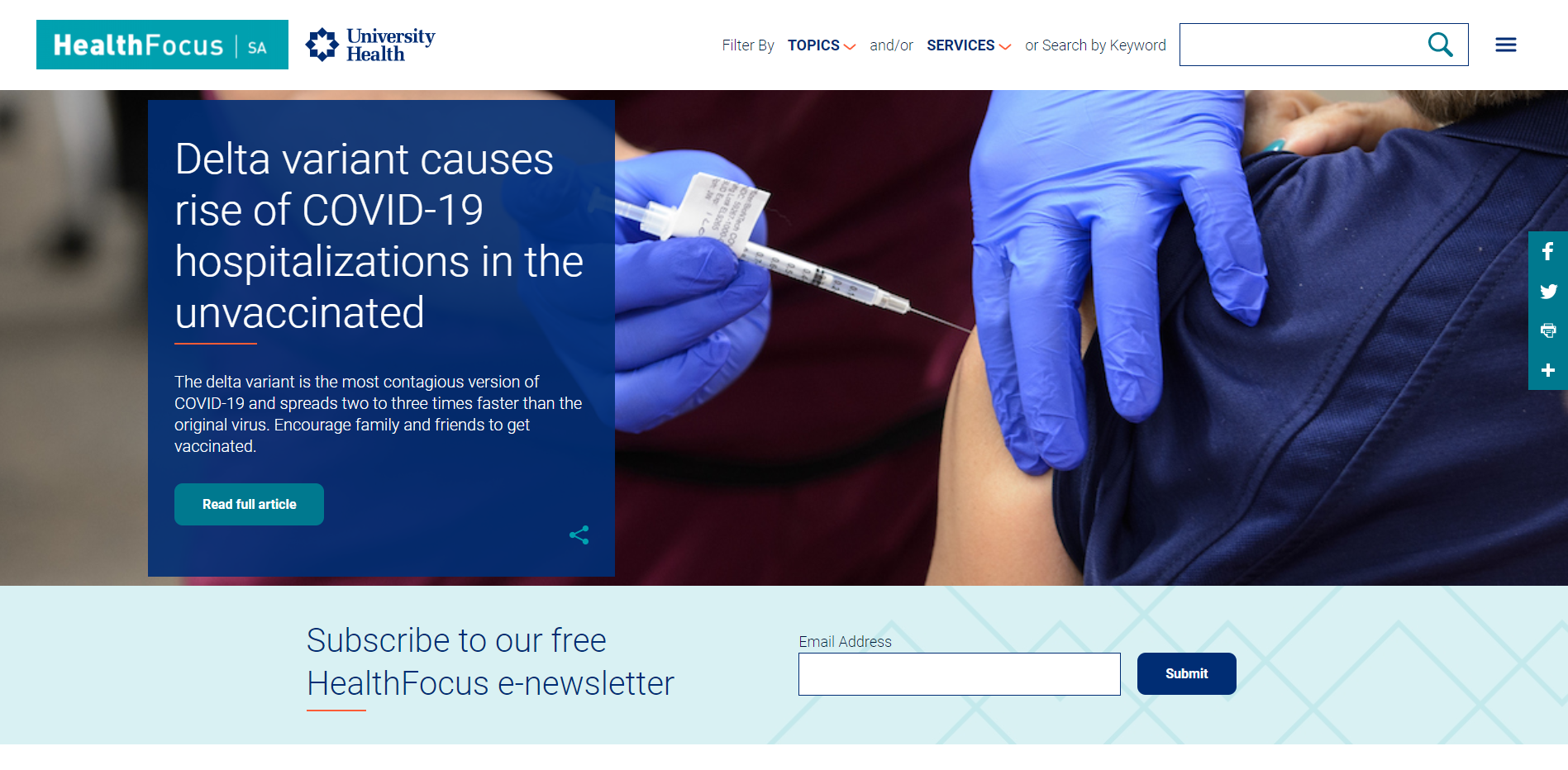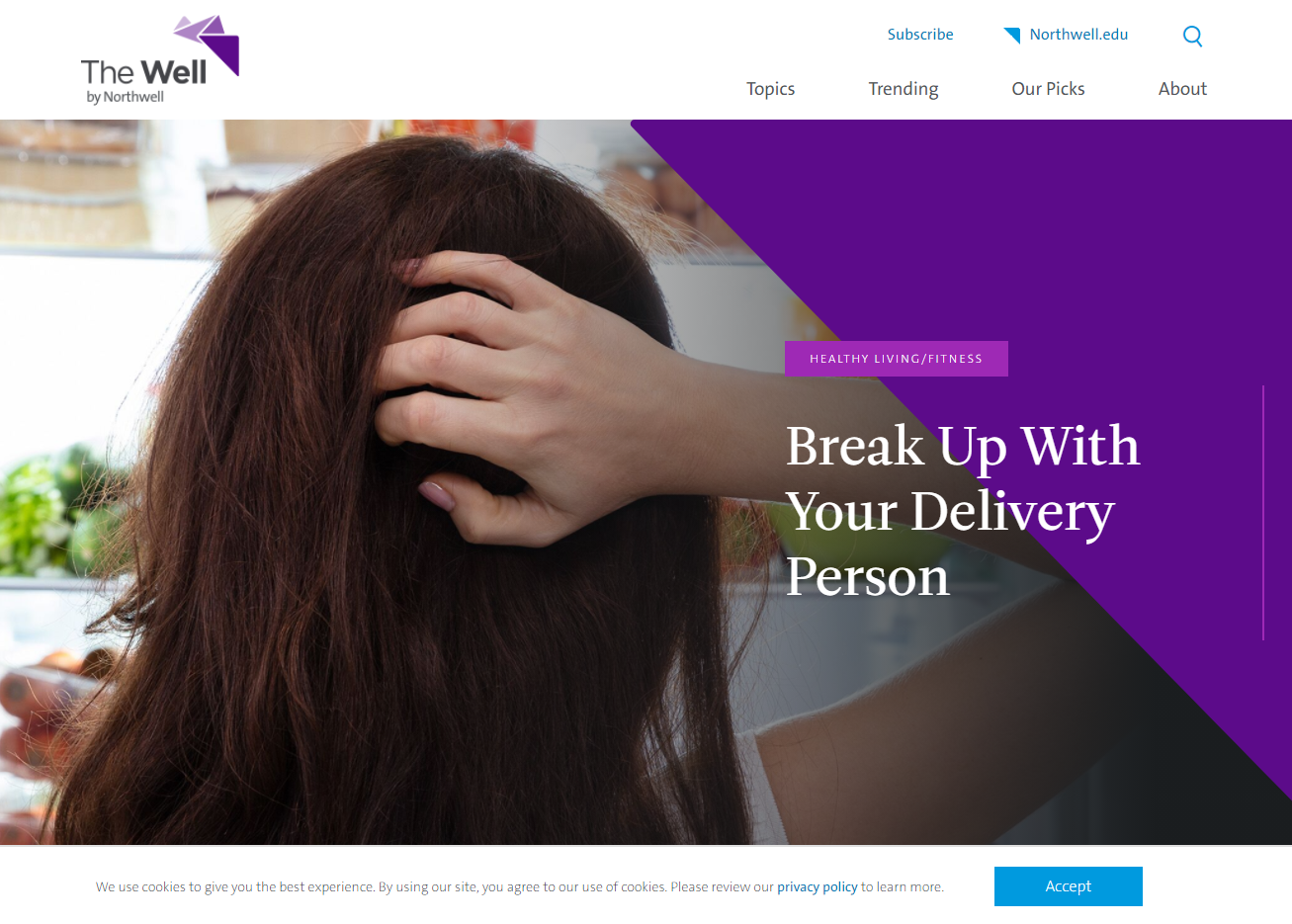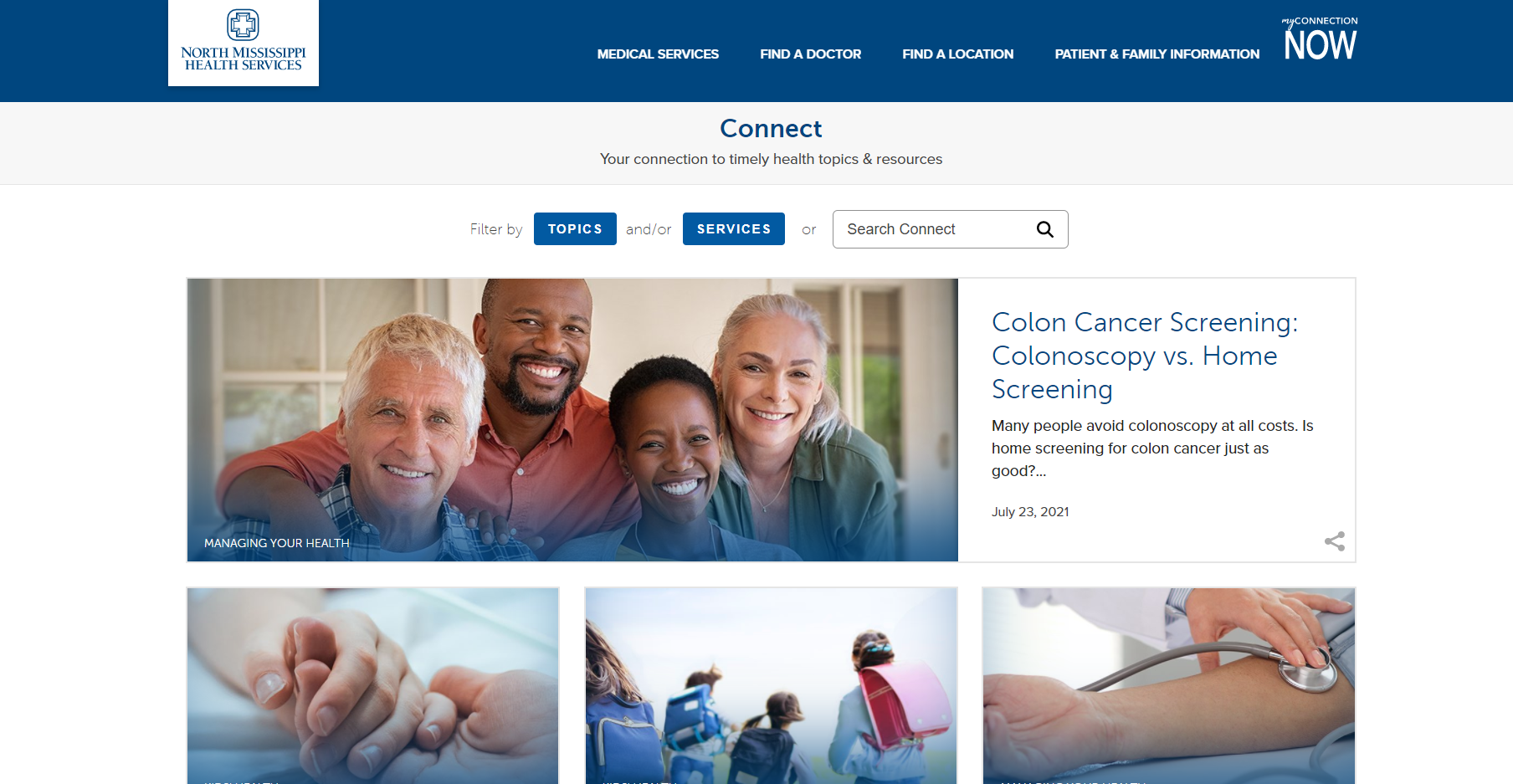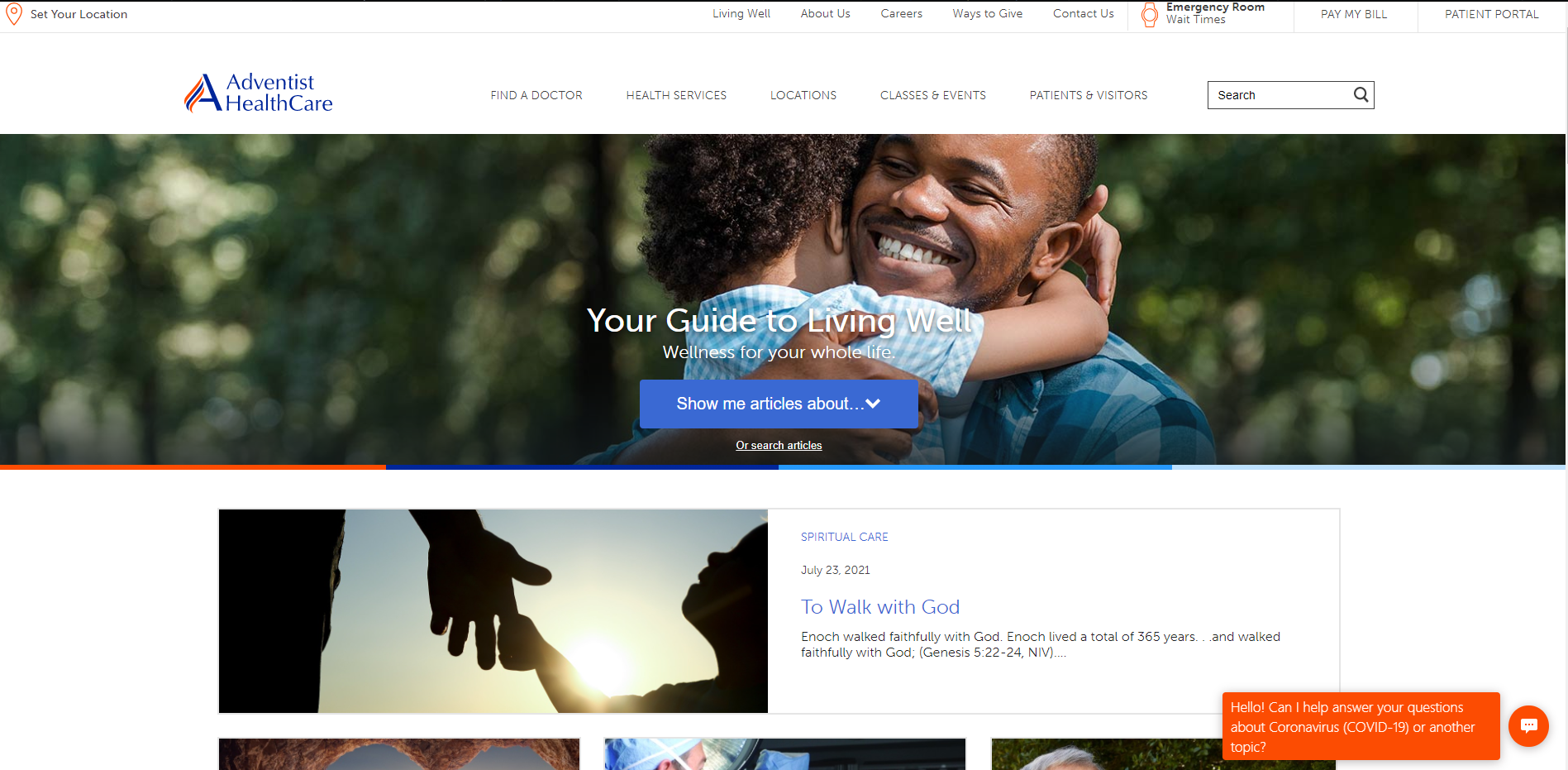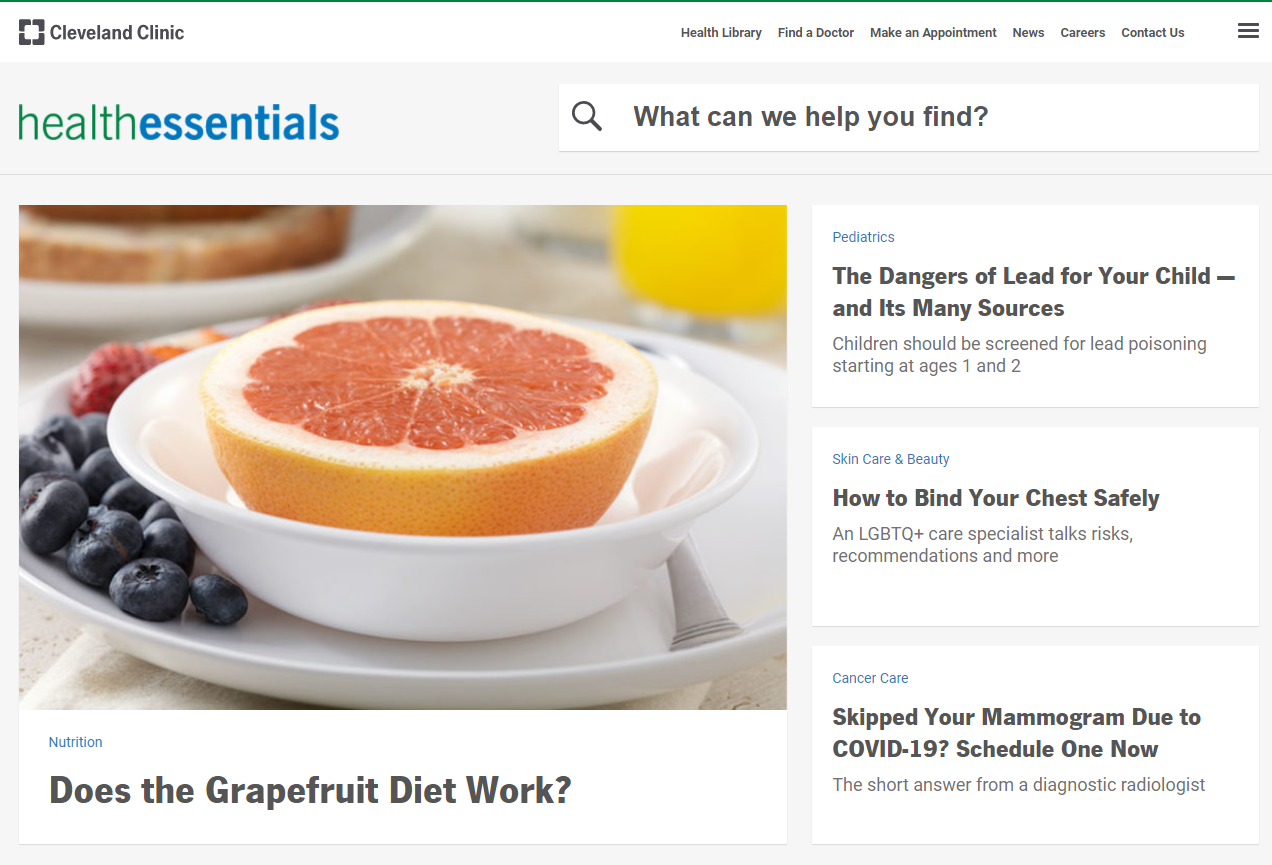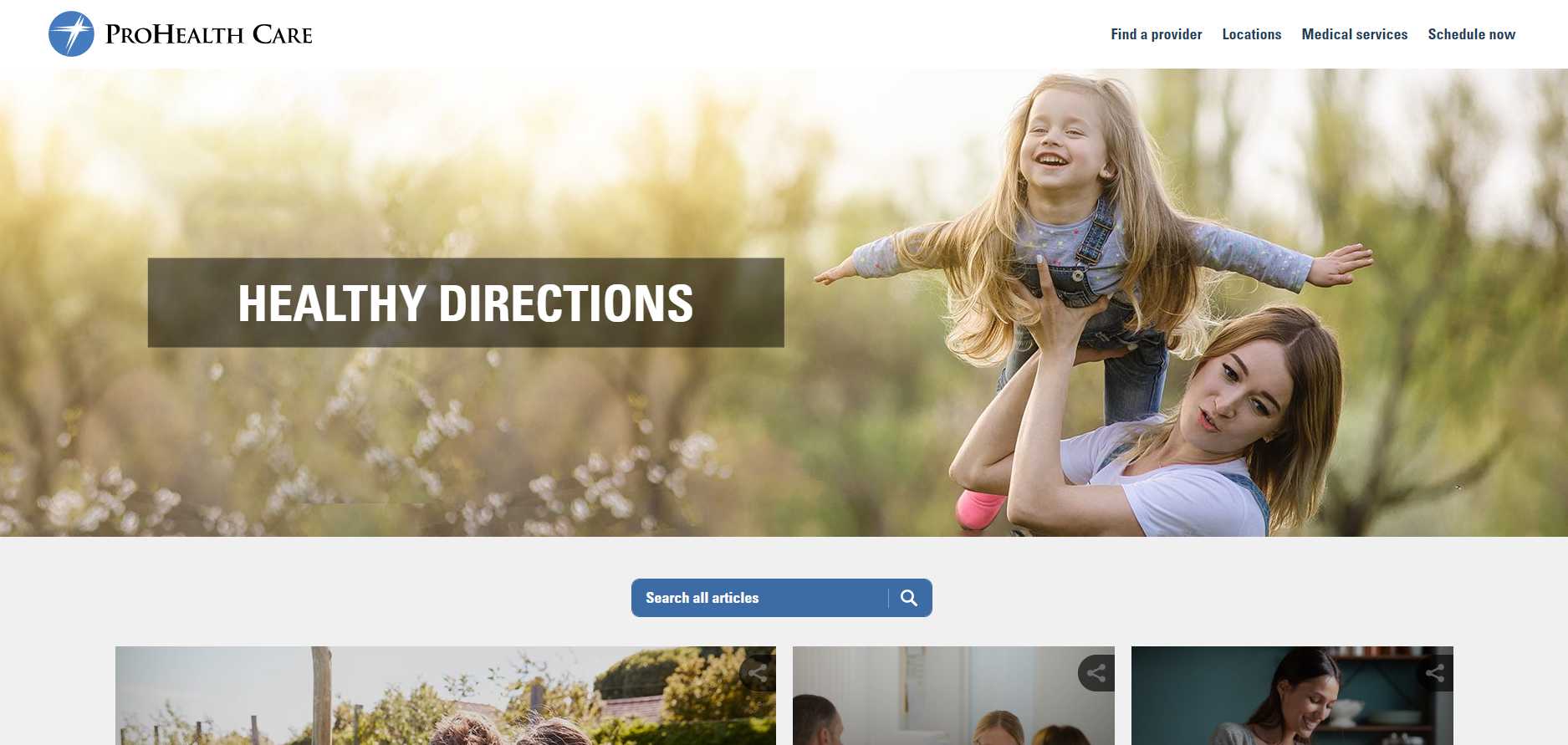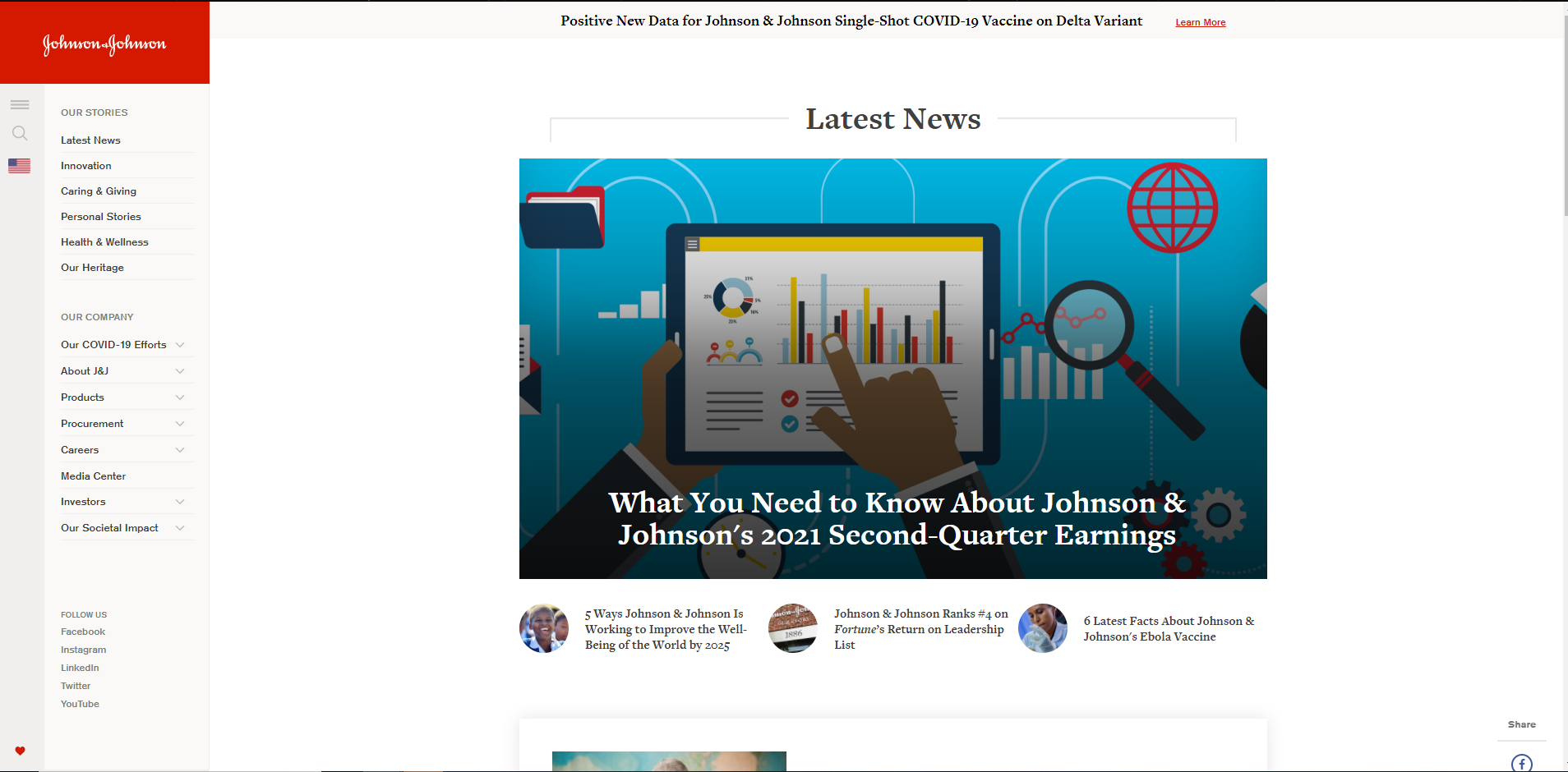Internet Privacy Background
The past five years have been a slow crawl to a more private internet. The European Union has demanded more transparency of what trackers are being used on websites. Apple has worked to limit the amount of personal tracking being mined from iPhone users. And, in April 2019, Google announced that they were going to deprecate third-party cookies on their Chrome browser. They charted their course to finish this process by mid-2022.
However, in June, Google issued an update: the timeline is to be extended to late 2023. They recognize the process is complex and they are giving themselves the extra time to get it right. That means you have more time to prepare.
How Cookies Work Now
For many years, cookies have made it easy to track and collect data on internet users. As marketers, we have used this boon of information to direct advertising with precision based on behavioral data, interest data, and user data. If we identify an audience, we could create a custom-targetted ad and direct it to that audience, no matter how specific, and feel confident in its success. With this tool leaving our toolbox, it underscores that we need to refocus our efforts in collecting as much data without the crutch of cookies.
First-party data will become more critical. First-party data is the data that you can collect from your own sources—user behavior on your website, survey responses, CRM data.
Third-party data, however, is information collected by a company that does not have a direct relationship with either the first party—in your case, your hospital or health system—or the second party—the user.
It will be even more important to make sure your data collection efforts are set up and running to capture as much information as possible. You may be losing information about users once they are off your website, and that makes it more necessary that we collect information while they are on our website.
How Can I Start Planning Today?
Make sure your analytics are set up. This is a great opportunity to make sure that Google Analytics 4 (GA4) is implemented and set up. GA4, as an updated platform, is more focused on user behavior where Universal Analytics (its predecessor) was more focused on session information.
Sort Your Analytics
The updated event tracking capabilities in Google Tag Manager are necessary so you don’t have any data gaps in the user journey. Ensure you have robust hard conversion tracking (think phone calls for appointments) as well as soft conversion tracking (email list sign ups, news or blog shares). Both conversions can help us to better understand what is and is not working with our ads.
Start Collecting Data
Collect additional first party data. Consider the information that can be collected in a CRM. Of course, stay conscious of HIPAA restrictions when it comes to putting the data that you collect to use, but you can still be precise enough to maximize your data while protecting patient privacy, as well.
Don’t Forget to Leverage Offline Data
Consider offline data sources. Surveys and patient feedback can be valuable sources of information on your geographic audience and can help give you clues for advertising purposes. In marketing, finding out who your audiences are can be half of the battle. You can avoid some of this challenge if you let your audience will tell you who they are through their own feedback.
Consider Alternate Channels
This is also a good time to dust off some of the advertising paths that may have taken a second seat to third-party, cookie-based, behavior-targeted ads in our portfolios. Looking at our content, looking at our users, and looking at their interests will be the key to success moving forward.
Remember, content is king (and drives conversions)
Content, both site content as well as marketing content, is still king when it comes to your online presence. Ultimately, this is why website users come to your website.
By using your expertise as leverage alongside insight from your first party data, you can develop a comprehensive website content and content marketing strategy. For example, using a bariatric weight loss email drip campaign to drive people to sign up for an informational seminar, or creating a Facebook group for new or expecting moms and creating resources and content marketing materials relevant to that audience. This approach lets you tailor your site for our audience and drive conversions.
Keep your audiences in mind
If you set up our first-party data collection correctly, specifically through non-analytics channels, you should be collecting information on who your audience is.
While it may be true that your audience image will not be as defined as what you can currently see with third-party cookies, this approach can also provide insight that you may not have from other sources. Information collected from Analytics will be limited to their behavior and the demographic information they have shared with Google. There are additional touch-points, like family information or specific care needs, that can be better communicated straight from the members of the audience themselves. To that end, you can still use user targeting on these audiences to cater marketing based on demographic information as well as website behavior.
Consider additional targeting strategy moving forward
The deprecation of third-party cookies will have no effect on contextually based targeting. For example, consider Pay-Per-Click (PPC) advertising. Since this advertising is run based on searches that users perform and not on behavior/user information from cookies, it will be unchanged. Reorienting your marketing plan around that type of outreach will prove to be a recipe for success.
Next Steps
Given how central third-party cookies have been for marketing plans, it is important to use the time Google has given you to come up with a transition plan. We are always happy to talk with you about your current initiatives and help craft a strategy to move you away from third-party cookie-based advertising channels and shore up your data collection techniques.





